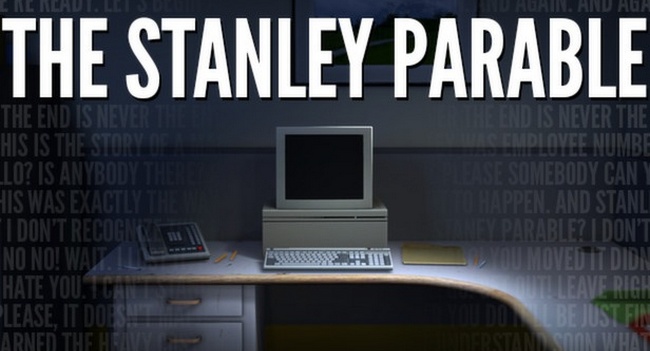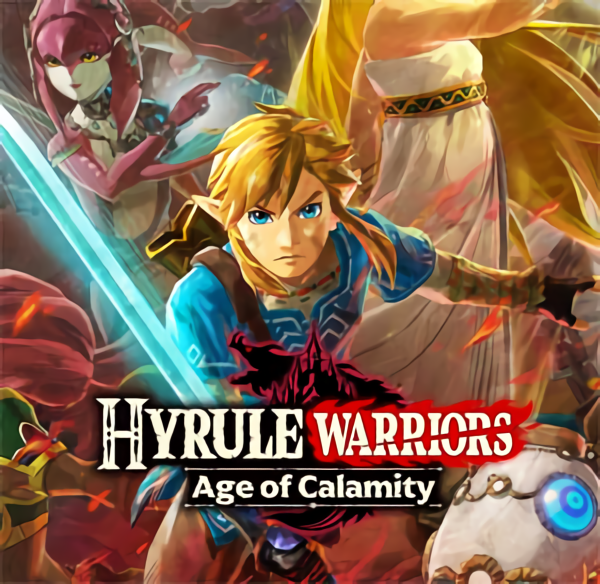Let’s break a game together with the game!
Game designers and gamers always have a battle for control of what they are playing. Davey Wreden’s ‘The Stanley Parable’ takes that idea and rides it through the player’s head like a pogo stick. It is one of the most thoughtful games I’ve ever played, if not one of the funniest.
You play as employee 427, aka Stanley. He likes his job. All he does every day is press buttons he is told to press at the times he is told to press them. It’s simple work, but he enjoys it. Then, Stanley’s boss stopped giving him commands. He didn’t need to press anymore buttons. No one, besides Stanley, was in the office with him.
Kevin Brighting’s performance as the narrator of ‘The Stanley Parable’ was so funny that any chance where I explain what you have to do could ruin the overall experience.
As I’ve already said, the game plays itself to make the player break it. Each choice leads to a new path of more choices. These choices are as simple as taking the door to the left or the door to the right. As you make these choices, the game opens up. There is one direct path to take but the beauty of this game is trying everything. Like visual novels with multiple paths, you have to know every possibility to get the full experience of the game.
‘The Stanley Parable’ is an experiment. It looks at game narrative and the way people design games in comparison to how the player experiences the game. The experience can change on a dime and it isn’t afraid to keep the player confused at a moment’s notice with dynamic changes to the game as a whole. It isn’t afraid to take cracks at the player for not listening to the narrator while rewarding the player for exploring new areas of the game.
‘The Stanley Parable’ shines at making the player try to break it. There aren’t any exact glitches but that doesn’t mean there is nothing to be had in breaking apart each and every little part of the game. ‘The Stanley Parable’ is meant to examine this style of narration.
As I already mentioned, the game is a satire, making fun at the ever-growing conflict between game designers and players. The game has already accounted for a wide array of choices. You don’t have to follow the narrator. Even if the options are obvious, there are added paths and extra endings based on how you try to play the game. You can try to break through the offices, take the wrong door, or lock yourself in your office.
Graphically, the Stanley Parable is simple. The graphics are simple. The office is pale and empty. Computers are off, the offices are dull, and the same models are reused everywhere. As simple and plain as this all is, it’s important for how the game is played. It creates a sense of confusion for the player. Everything ‘feels’ the same but in truth, everything isn’t. The simplicity of the game adds to the disbelief of the entire experience for the player.
Bottom Line: This game doesn’t make sense if looked at face-value but as confusing as this article was to read, you chose to read this article. It’s like how I decided to tell you to go get ‘The Stanley Parable’. I chose to say this. You don’t have to buy it. You don’t even have to try it. Regardless, you chose to do that.
Thus, we have ‘The Stanley Parable’ a game about choice as a whole. Do you listen or do you not? Just try it out on Steam and find out.
by Matthew Maravilla































